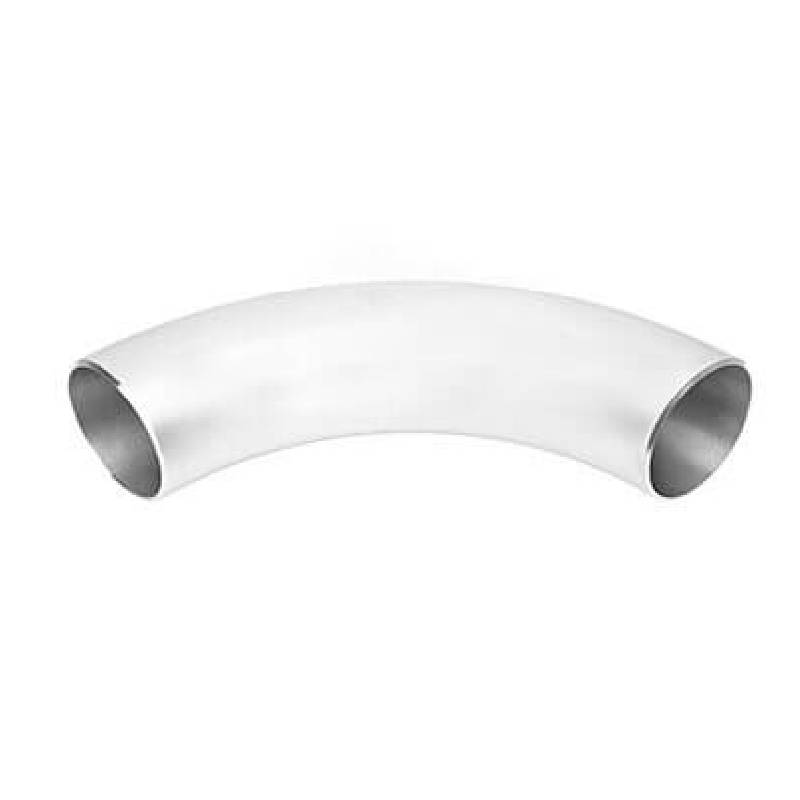-
Cangzhou Yulong Steel Co., Ltd.
-
Phone:
+86 13303177267 -
Email:
admin@ylsteelfittings.com
- English
- Arabic
- Italian
- Spanish
- Portuguese
- German
- kazakh
- Persian
- Greek
- French
- Russian
- Polish
- Thai
- Indonesian
- Vietnamese
- Zulu
- Korean
- Uzbek
- Hindi
- Serbian
- Malay
- Ukrainian
- Gujarati
- Haitian Creole
- hausa
- hawaiian
- Hebrew
- Miao
- Hungarian
- Icelandic
- igbo
- irish
- Japanese
- Javanese
- Kannada
- Khmer
- Rwandese
- Afrikaans
- Albanian
- Amharic
- Armenian
- Azerbaijani
- Basque
- Belarusian
- Bengali
- Bosnian
- Bulgarian
- Catalan
- Cebuano
- China
- China (Taiwan)
- Corsican
- Croatian
- Czech
- Danish
- Esperanto
- Estonian
- Finnish
- Frisian
- Galician
- Georgian
- Kurdish
- Kyrgyz
- Lao
- Latin
- Latvian
- Lithuanian
- Luxembourgish
- Macedonian
- Malgashi
- Malayalam
- Maltese
- Maori
- Marathi
- Mongolian
- Myanmar
- Nepali
- Norwegian
- Norwegian
- Occitan
- Pashto
- Dutch
- Punjabi
- Romanian
- Samoan
- Scottish Gaelic
- Sesotho
- Shona
- Sindhi
- Sinhala
- Slovak
- Slovenian
- Somali
- Sundanese
- Swahili
- Swedish
- Tagalog
- Tajik
- Tamil
- Tatar
- Telugu
- Turkish
- Turkmen
- Urdu
- Uighur
- Welsh
- Bantu
- Yiddish
- Yoruba

Dec . 05, 2024 21:20 Back to list
Exploring the Standards of ANSI B16.5 for Flanged Pipe Fittings and Their Applications
Understanding ANSI B16.5 RF A Comprehensive Overview
In the realm of engineering and manufacturing, standards play a crucial role in ensuring consistency, safety, and interoperability of products and materials. One such significant standard is ANSI B16.5, which pertains to pipe flanges and flanged fittings. This document represents the American National Standards Institute’s specifications for the design, dimensions, and materials used in these components, particularly with respect to their raised face (RF) configurations. This article explores the details of ANSI B16.5 RF, its importance, specifications, and applications.
What is ANSI B16.5?
ANSI B16.5 is a standard that specifies the requirements for flanges and flanged fittings in sizes ranging from 1/2 inch to 24 inches and includes pressure classes from 150 to 2500. It encompasses various designs, including weld neck, slip-on, socket weld, threaded, blind, and more. The standard is critical in providing engineers and manufacturers with guidelines to ensure the reliability and performance of piping systems, which are vital in sectors such as oil and gas, petrochemical, and water treatment.
Understanding Raised Face (RF) Flanges
Among the types of flanges detailed in ANSI B16.5, the raised face flange is one of the most commonly used designs. This type of flange features a concentric raised area around the flange's circumference. The raised face portion is essential in creating a tight seal with the corresponding flange surface upon which it is mounted.
The raised face enhances the contact area for the gasket, significantly improving the sealing performance. This design is especially advantageous in high-pressure applications, where leaks can lead to safety hazards and costly downtime. The raised surface allows for a more effective compression of the gasket when bolted together, ensuring that the integrity of the piping system is maintained.
Specifications and Dimensions
ANSI B16.5 provides detailed specifications regarding the dimensions of RF flanges. Each flange type has specific height and diameter requirements, which vary based on the flange class. For instance, the RF height is defined, along with the outside diameter and bolt hole layout, ensuring that these components can be universally applied across varying industries and applications.
ansi b16 5 rf

The standard outlines the materials suitable for RF flanges, allowing for the construction of flanges from a variety of metals such as carbon steel, stainless steel, and alloy materials. The choice of material often reflects the working environment, including factors such as temperature, pressure, and the corrosiveness of the substances being transported.
Importance of Compliance
Compliance with ANSI B16.5 is not merely a regulatory requirement; it also serves to protect the integrity of the entire piping system. When industries adhere to this standard, they ensure compatibility between different flanged components, reducing the risk of failures. This standardization facilitates easier maintenance and replacement of parts, as engineers can confidently source components that will fit seamlessly into existing systems.
Additionally, adherence to ANSI B16.5 can significantly improve safety outcomes. Incomplete or non-compliant flanges can lead to hazardous leaks, explosions, and other catastrophic failures. By following the strict guidelines set forth in ANSI B16.5, organizations can mitigate these risks, ensuring safer working environments for their employees and greater reliability in their operations.
Applications of ANSI B16.5 RF Flanges
RF flanges are employed in a myriad of applications. From power plants and oil refineries to chemical manufacturing facilities and municipal water systems, these flanges offer the reliability and strength needed to handle high-pressure and high-temperature environments. Their robust design makes them suitable for both critical and non-critical service applications.
In the oil and gas industry, for instance, RF flanges are pivotal in connecting pipelines and equipment. Their ability to maintain a secure and leak-proof seal is vital in transporting hydrocarbons safely over long distances, where even the slightest leak can have severe environmental and financial implications.
Conclusion
ANSI B16.5 RF flanges are an essential component in modern engineering, facilitating safe and effective operations across various industries. By establishing rigorous standards for design, dimensions, and material specifications, ANSI B16.5 plays a crucial role in maintaining the integrity and safety of piping systems. Understanding and adhering to these standards not only ensures compliance but also promotes efficiency and reliability in industrial operations.
Latest news
-
ANSI 150P SS304 SO FLANGE
NewsFeb.14,2025
-
ASTM A333GR6 STEEL PIPE
NewsJan.20,2025
-
ANSI B16.5 WELDING NECK FLANGE
NewsJan.15,2026
-
ANSI B16.5 SLIP-ON FLANGE
NewsApr.19,2024
-
SABS 1123 FLANGE
NewsJan.15,2025
-
DIN86044 PLATE FLANGE
NewsApr.19,2024
-
DIN2527 BLIND FLANGE
NewsApr.12,2024
-
JIS B2311 Butt-Welding Fittings LR/SR 45°/90° /180°Seamless/Weld
NewsApr.23,2024











